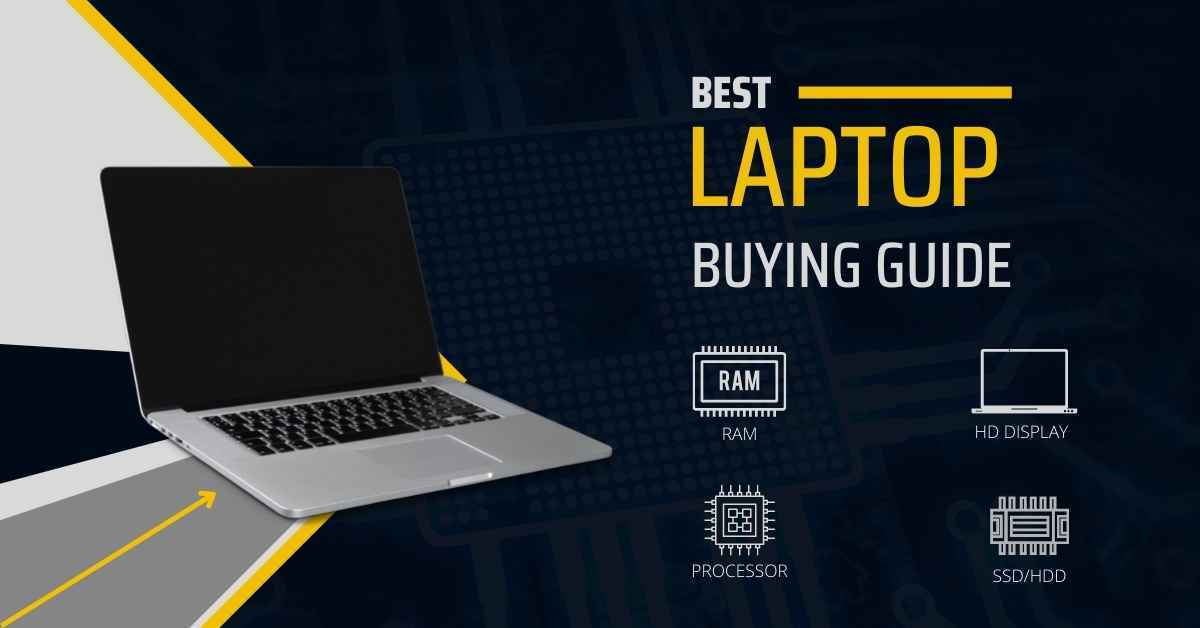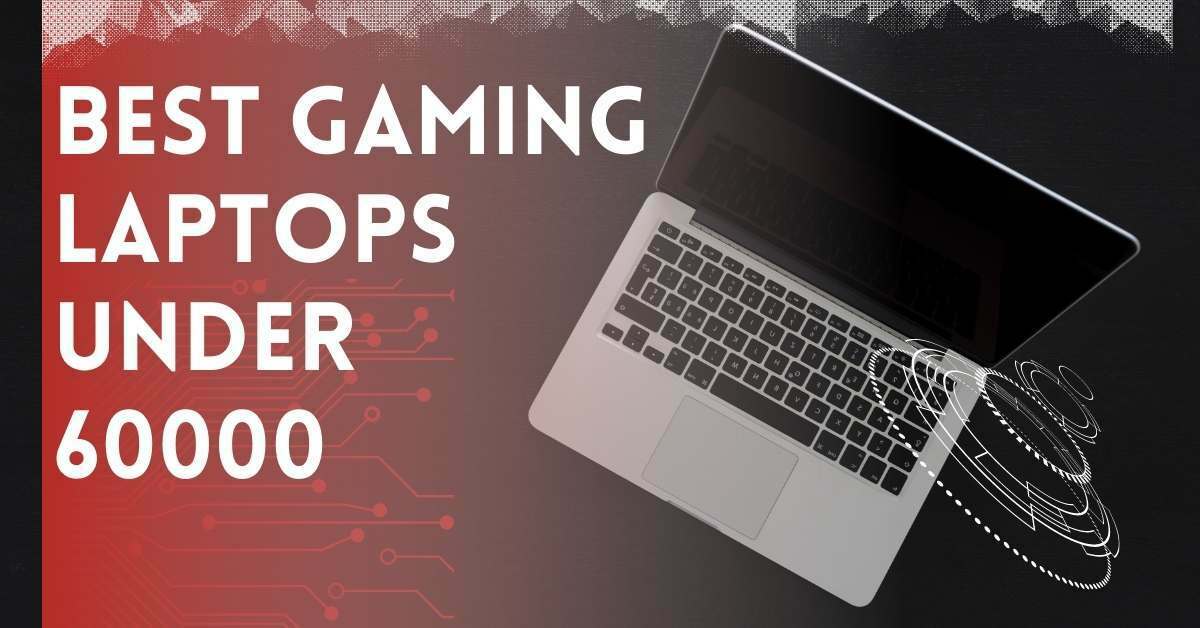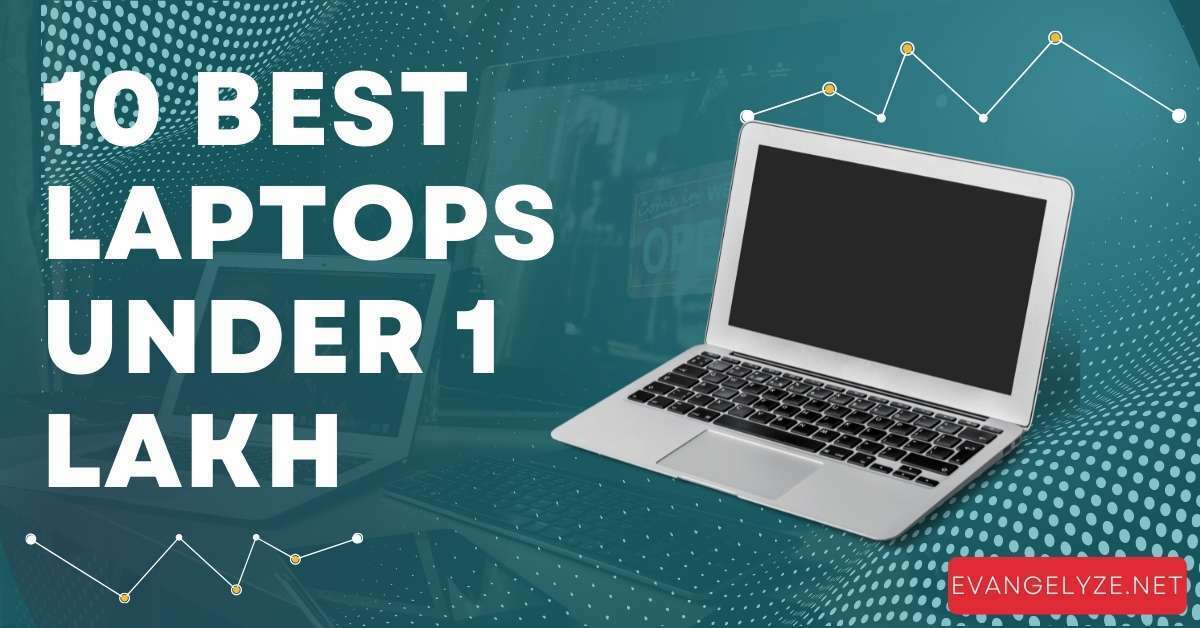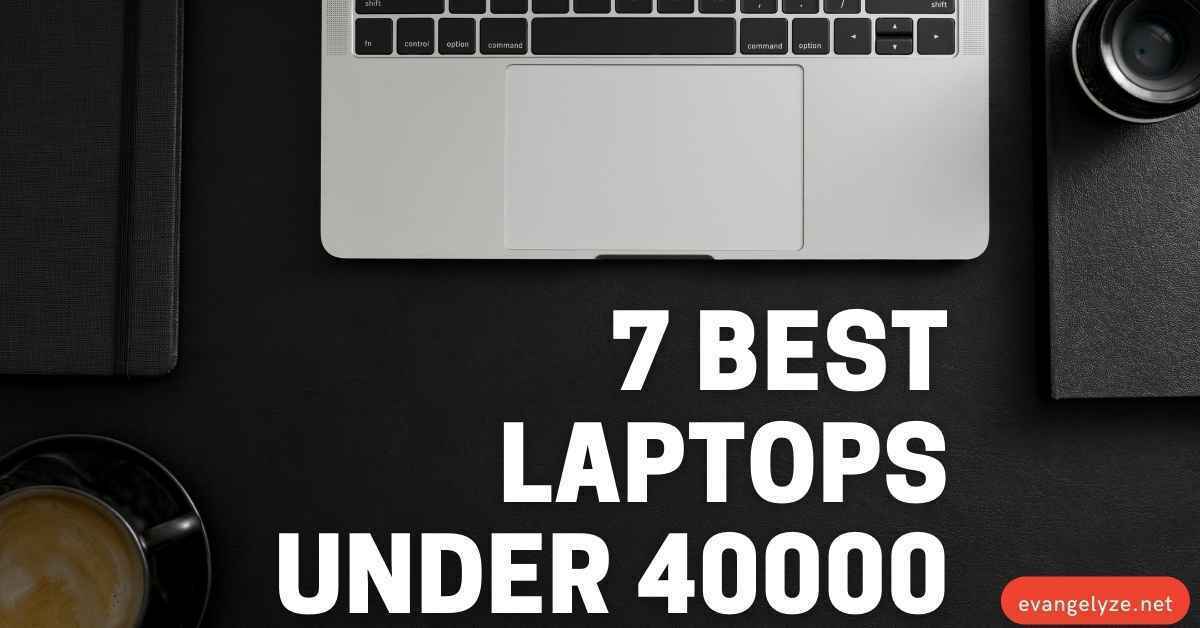As a student, working professional or someone who relies on their computer to do their work, it’s important that you have the best laptop for your needs.
This laptop buying guide India will help you find the perfect one for your budget and lifestyle. Whether you’re looking for a powerful machine to handle heavy workloads or something more lightweight and portable, we have covered all for you. So read on to discover which laptop is right for you!
- 1. Choose the right laptop for your purpose
- 2. Decide on a budget
- 3. Consider the type of laptop you need
- 4. Compare different brands and models
- 5. Choose the right operating system
- 6. Processor and memory
- 7. Storage space
- 8. Screen size and resolution
- 9. Battery life
- 10. Weight and portability
- 11. Connectivity
- 12. Extras and accessories
- 13. Read reviews before making a purchase
- 14. Make sure you get a good warranty
- Best time to buy your laptop
- How to save money when buying a laptop
- Summary
- FAQs
1. Choose the right laptop for your purpose
When it comes to laptops, there is no one-size-fits-all solution. The type of machine you need depends on how you’ll be using it. Are you a power user who needs a powerful processor and plenty of RAM for demanding tasks? Or are you looking for something more portable that you can take with you anywhere you want?
Consider what you’ll be using your laptop for before making a purchase. If you’re not sure, our experts can help you find the perfect laptop for your requirements.
2. Decide on a budget
Of course, budget is also an important factor when choosing a laptop. Luckily, there are now many affordable options on the market that offer great value for money. However, if you’re looking for a high-end machine with all the bells and whistles, be prepared to spend a bit more.
3. Consider the type of laptop you need
Once you’ve decided on your budget, it’s time to start looking at the different types of laptops available. If you’re looking for a powerful machine that can handle demanding tasks, a desktop replacement laptop is a good option. These usually have large screens and plenty of RAM and storage space.
If you need something more portable, however, an Ultrabook or a notebook might be a better choice. These are usually lighter and thinner than traditional laptops, making them easy to carry with you on the go.
4. Compare different brands and models
Once you’ve decided on the type of laptop you need, it’s time to start comparing different models. When looking at laptops, pay attention to the processor, amount of RAM, type of storage, and screen size. You should also compare the different features offered by each model.
5. Choose the right operating system
The next step is to decide the right operating system for you. Windows and mac OS are the two most popular choices, but there are also some excellent Linux-based options available.
6. Processor and memory
The processor is the heart of any laptop, so it’s important to choose one that’s powerful enough to handle your needs. If you’re a power user who needs a machine for demanding tasks, look for a quad-core processor. For more casual users, a dual-core processor should suffice.
When it comes to memory, 4GB of RAM is the minimum you should look for. However, if you can afford it, 8GB or more is ideal.
7. Storage space
Storage space is another important consideration when choosing a laptop. If you’re a power user with lots of data to store, look for a model with a large hard drive. Solid-state drives are also becoming more common in laptops, and these offer faster data access times.
8. Screen size and resolution
The size of the laptop’s screen is another important consideration. If you’re looking for a machine that you can use for work and play, a larger screen might be a good option. However, if you need something more portable, a smaller screen would be a better choice.
When it comes to resolution, Full HD (1920 x 1080) is the standard you should look for. However, some laptops now offer 4K (3840 x 2160) displays, which offer even sharper visuals.
9. Battery life
Battery life is another important factor to consider when choosing a laptop. If you’re looking for a machine that you can take with you on the go, make sure to choose one with excellent battery life.
10. Weight and portability
If you need a laptop that you can take with you on the go, portability is an important consideration. Look for a model that’s lightweight and easy to carry. Some Ultrabooks and notebook laptops can be as light as 1-2 kg.
11. Connectivity
When it comes to connectivity, most laptops now come with Wi-Fi and Bluetooth built-in. However, if you need a machine that offers additional features, such as a USB Type-C port or Thunderbolt 3.0, make sure to check that the model you’re considering has these features.
12. Extras and accessories
Finally, don’t forget to consider the extras and accessories that come with the laptop. Some models come with built-in webcams and fingerprint scanners, while others come with additional software pre-installed.
13. Read reviews before making a purchase
Once you’ve found a few laptops that meet your needs, it’s important to read reviews before making a final decision. Reviews can give you an idea of how well a particular model performs in real-world use. They can also help you spot any potential problems with a machine before you buy it.
14. Make sure you get a good warranty
Finally, don’t forget to consider the warranty and support options offered by the manufacturer. Some companies offer extended warranties for an additional fee, which can be a good investment if you plan on using your laptop for many years.
When it comes to support, online forums and chatrooms can be a valuable resource. However, if you need more immediate assistance, phone or email support is usually available from most manufacturers.
With these factors in mind, you’re now ready to start buying a new laptop as per your need. Be sure to consult our expert reviews to find the perfect model for your needs.
Follow our laptop buying guide and find the perfect model as of your requirements. With our expert reviews, you can be sure to find the perfect laptop for you.
Best time to buy your laptop
The best time to buy a laptop depends on a few factors. If you need the latest and greatest machine, it’s best to wait until the end of the year, when manufacturers release their new models.
If you’re looking for the best deals, it’s usually best to wait until after the holiday shopping season. You’ll find the deepest discounts on laptops in January and February.
Of course, if you need a laptop for school or work, it’s best to buy one as soon as possible. Waiting for the perfect deal could mean missing an important deadline.
If you are looking for laptops on ecommerce sites like Amazon, Flipkart, etc. then you can buy on time whenever they launch their great discount sale days like Amazon prime day sale, Big billion days, etc.
How to save money when buying a laptop
There are a few ways to save money when buying a laptop in India. One option is to buy a refurbished machine. These laptops have been used earlier, but have been inspected by the manufacturer.
Another option is to buy an older model. This can be a great way to get a high-end machine for a fraction of the price. Just be sure to do your research to make sure the model you’re interested in is still a good choice.
You can also try to negotiate with the seller. If you’re buying from a retailer, see if they’re willing to give you a discount or throw in some extras, like a carrying case or an extended warranty.
Summary
When buying a laptop, it’s important to consider your needs and budget. There are a few different types of laptops on the market, so it’s important to choose the right one for you.
When looking for a laptop these are the main features you should keep in mind: power, storage space, screen size and resolution, battery life, weight and portability, connectivity, extras and accessories.
You should also read reviews before making your purchase and make sure to get a good warranty. Our guide will help you find the perfect laptop for your needs.
Be sure to also check our reviews for the latest laptops on the market. Our team of experts have tested and reviewed the latest models, so you can be sure to find the perfect one for you.
Thanks for reading!
FAQs
Mac, Windows or something else?
The first thing you need to do when buying a laptop is decide which operating system you want. The three most popular options are MacOS, Windows and Chrome OS.
If you’re looking for an easy-to-use machine that’s ideal for casual use, a Chromebook might be a good option. These laptops run on Google’s Chrome OS and are usually very affordable.
If you need a machine for more demanding tasks, such as video editing or graphic design, a Mac might be a better choice. MacOS is known for its stability and ease of use. However, Macs are usually more expensive than Windows laptops.
If you’re looking for the most versatile option, a Windows laptop might be the best choice. Windows 10 is a powerful operating system that can handle anything you throw at it. Plus, there’s a huge selection of software and apps available for Windows.
2-in-1 or traditional laptop?
Another important consideration is whether you want a 2-in-1 laptop or a traditional clamshell model.
2-in-1 laptops are becoming increasingly popular, as they offer the flexibility of a tablet and the power of a laptop in one device. These machines usually have touchscreen displays and can be used in both laptop and tablet mode.
If you need a machine that’s primarily for typing, a traditional clamshell laptop might be a better choice. These laptops usually have better keyboards and offer more ports and connections than 2-in-1s.




